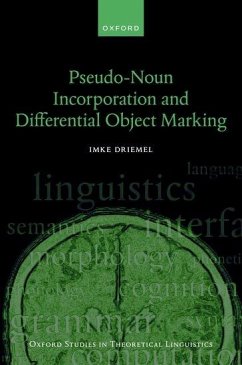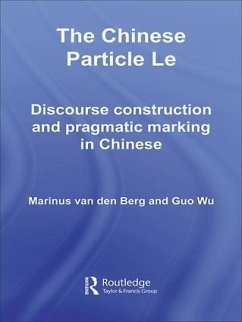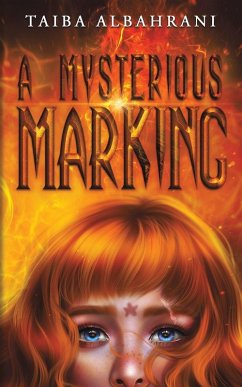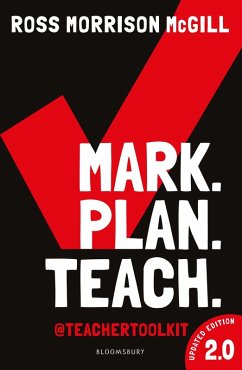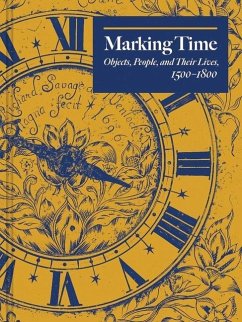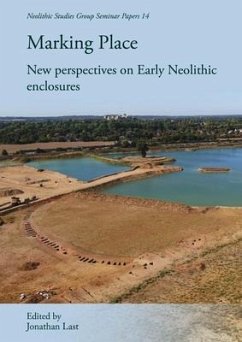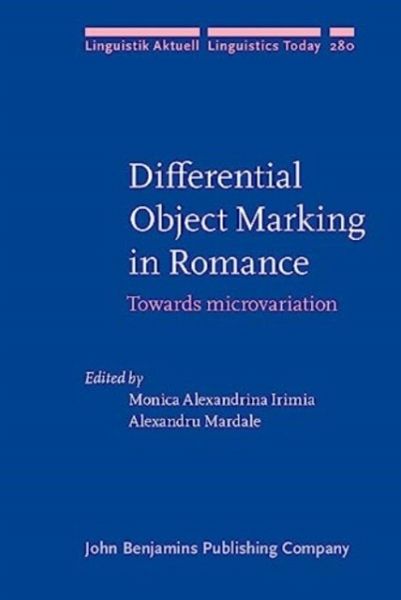
Differential Object Marking in Romance
Towards microvariation
Herausgeber: Irimia, Monica Alexandrina (University of Modena and Reggio Emilia); Mardale, Alexandru (INaLCO Paris & SeDyL UMR CNRS)

PAYBACK Punkte
57 °P sammeln!
Differential marking as applied to direct objects has long been discussed as one of the characterizing traits of many Romance languages. There is, however, wide consensus that a detailed investigation into the nature of this phenomenon raises numerous challenges both at the empirical and theoretical level. Many questions are still being raised regarding which precise morpho-syntactic strategies count as differential object marking, whether the data can be unified, and, subsequently, how they are to be unified formally and theoretically. Additionally, a thorough investigation of this phenomenon...
Differential marking as applied to direct objects has long been discussed as one of the characterizing traits of many Romance languages. There is, however, wide consensus that a detailed investigation into the nature of this phenomenon raises numerous challenges both at the empirical and theoretical level. Many questions are still being raised regarding which precise morpho-syntactic strategies count as differential object marking, whether the data can be unified, and, subsequently, how they are to be unified formally and theoretically. Additionally, a thorough investigation of this phenomenon is still needed for many Romance languages and especially at the micro-variation level. This volume brings together original papers addressing various aspects of differential object marking in Romance languages, focusing on micro-variation, from both a descriptive and formal perspective, touching on diachrony, language contact, synchrony, and using a large set of methodologies.




